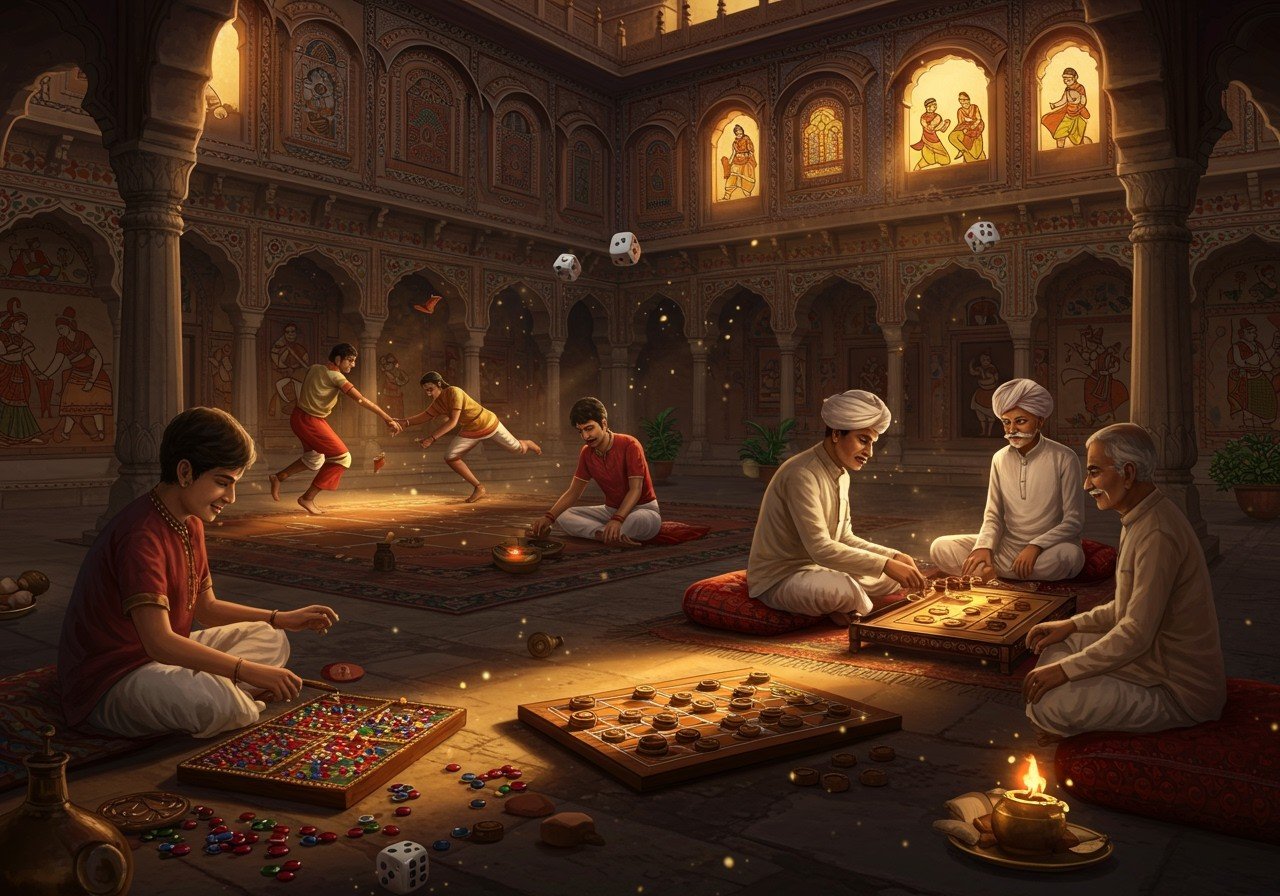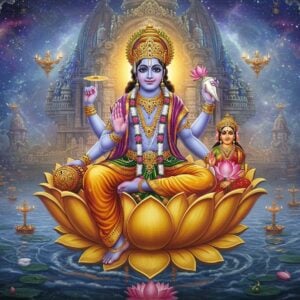
In India, traditional games are much more than just pastimes. They are a reflection of the country’s rich heritage and have been passed down through generations. These games serve as cultural markers and educational tools, embodying values and lessons that remain relevant today. For those who cherish tradition, these games offer a connection to the past while still holding a place in modern society.
Historical Overview of Traditional Indian Games
Traditional Indian games have deep roots in the nation’s history. They have been an essential part of society since ancient times, with references in texts like the Mahabharata and Ramayana. Geography played a key role in their development, leading to various regional variations. In the medieval period, many games were linked to royal courts, where they were enjoyed by kings and nobles alike. Understanding the historical context of these games reveals their enduring importance and how they have shaped Indian culture over the centuries.
Significance of Traditional Indian Games
Traditional Indian games are more than just play; they are vital to cultural identity and education. Games like Kabaddi and Kho-Kho promote not only physical fitness but also strategic thinking. Running, dodging, and quick decision-making keep players sharp and agile. These games strengthen community bonds, teaching teamwork and important life skills.
Cultural Impact and Modern Relevance
In today’s rapidly changing world, traditional games help maintain cultural identity. Despite the allure of modern digital games, there is a renewed interest in folk games. Festivals and online platforms celebrate these games, bringing them back into the spotlight. Schools and communities now incorporate these games into curriculums, blending old traditions with new educational methods.
Traditional Games of India: A Closer Look
Let’s explore some unique games that reflect India’s rich culture:
-
Gilli-Danda: Played with a stick (danda) and a smaller piece of wood (gilli), Gilli-Danda demands skill and precision. It’s a test of hand-eye coordination and concentration, requiring players to accurately hit the gilli with the danda. This game is often played in open spaces and involves strategic aiming and hitting techniques.
poojn handcrafted sindoor box is ideal for storing the sindoor used in many traditional games and rituals.
-
Pallankuzhi: This ancient game, played with shells or seeds on a wooden board, involves strategy and counting skills. Players distribute and capture shells or seeds according to specific rules, enhancing cognitive functions and improving numerical reasoning. This traditional game encourages patience and attention to detail.
You can find beautifully crafted wooden boards for Pallankuzhi at Poojn.in.
-
Chaupar: Known as a precursor to modern board games, Chaupar was enjoyed by royalty and common folk alike. Chaupar is played with dice and requires strategic movement of pieces across the board. Its historical significance highlights its enduring appeal.
Enhance your Chaupar experience with traditional dice and game pieces available at Poojn.in.
Each game mirrors the values and lifestyles of its community, connecting generations through shared experiences.
The Role of Technology and Media
Technology plays a pivotal role in reviving interest in traditional games. Digital platforms make these games accessible to a global audience. Mobile apps and online communities breathe new life into these age-old pastimes, especially among youth. Documentaries and media projects showcase the cultural richness of Indian folk games, preserving them for future generations.
Traditional Indian games are a treasure trove of cultural heritage. They enrich our lives by fostering community spirit and promoting wellness. Embrace these cultural gems, keeping them alive for future generations to enjoy.
How Poojn Supports Traditional Indian Games
Traditional Indian games often require specific items and accessories for an authentic playing experience. At Poojn.in, we offer a variety of traditional products perfect for enhancing your enjoyment of these games:
Traditional Mats for Indoor Games:
-
Gongadi mats from Gujarat: These intricately designed mats are perfect for indoor board games, providing a comfortable and aesthetically pleasing playing surface.
-
Durries from Rajasthan: Known for their vibrant colors and patterns, Durries are ideal for traditional card games, adding a touch of cultural flair to your game nights.
-
Khes mats from West Bengal: These durable and comfortable mats are suitable for group sitting games, offering ample space for players to gather and enjoy.
Game Accessories:
-
Cotton asanas: Provide comfortable seating during long game sessions, ensuring that players can focus on the game without discomfort. These asanas are made from natural materials and are designed for optimal support.
-
Traditional cotton bags: Store game pieces safely and securely, keeping them organized and protected when not in use. The bags often feature intricate embroidery or prints, adding a touch of traditional elegance.
-
Handwoven mats in various sizes: Cater to different game requirements, providing a suitable playing surface for various traditional games. These mats are crafted with care and attention to detail, using traditional weaving techniques.
These products help maintain the authentic feel of traditional Indian games while providing comfort and durability. Our mats are handcrafted using traditional techniques and natural materials, making them eco-friendly and long-lasting. Browse our collection of Poojn handcrafted wooden traditional sindur dibbi and other puja essentials.
You can find these items and more in our ‘Traditional Items’ section at Poojn.in. We deliver across India, making it easy to access authentic game accessories for your traditional gaming needs. Each product comes with proper care instructions to ensure long-term use.
For bulk orders for community events or institutions, contact our customer service team through the website. We maintain strict quality standards and offer genuine products at reasonable prices.
Embracing Our Cultural Heritage
Traditional Indian games are more than just pastimes; they are a bridge to our rich history and vibrant culture. These games teach us about teamwork, wisdom, and resilience, while bringing families and communities closer. In this fast-paced world, they offer a unique way to stay connected to our roots. By cherishing and sharing these games, we ensure that their legacy continues. Let us celebrate and preserve these cultural treasures, so they remain a source of joy and learning for generations to come. Whether through festivals, schools, or digital platforms, traditional games are ready to inspire and entertain, reminding us of the joy found in simple, timeless play.
FAQs on Traditional Indian Games
What are some popular traditional Indian games?
Popular traditional Indian games include Kabaddi, Kho-Kho, Gilli Danda, Lagori/Pithoo/Satoliya, Kancha/Gotya/Marbles, Hopscotch/Nondi, Chaupar/Pachisi, Pallankuzhi, Lattoo/Spinning Top, and Antakshari. These games have been played across generations and hold cultural importance.
Why are traditional Indian games important?
Traditional Indian games are important because they connect us to our heritage, promote physical fitness, and teach values like teamwork and strategy. They also help preserve cultural traditions and enhance cognitive skills.
How have traditional Indian games influenced modern sports?
Traditional Indian games have influenced modern sports by contributing to the development of skills and strategies used in contemporary games. Kabaddi, for example, has gained international recognition and is now played professionally.
What is the historical significance of traditional Indian games?
The history of traditional Indian games dates back thousands of years. They are mentioned in ancient texts and have been part of festivals and rituals, reflecting the society and culture of their time. They offer insights into ancient Indian lifestyles and social structures.
How do traditional Indian games differ from modern games?
Traditional Indian games often require minimal equipment and are played outdoors, focusing on skill and agility rather than technology. Modern games may rely more on equipment, facilities, and structured rules. Traditional games emphasize social interaction and community building.
Can traditional Indian games be played indoors?
Yes, some traditional Indian games like Pallankuzhi, Chaupar, and Carrom can be played indoors. They are perfect for family gatherings and encourage mental agility and strategic thinking. Indoor adaptations exist for many outdoor games.
What is the cultural impact of traditional Indian games?
Traditional Indian games have a cultural impact by fostering community bonding and social interaction. They are often played during festivals and celebrations, strengthening cultural identity and passing down traditions through generations.
Are traditional Indian games still played today?
Yes, traditional Indian games are still played today, especially in rural areas. Efforts are being made to revive these games in urban regions through schools, community centers, and online platforms to ensure they remain a part of our cultural heritage.


